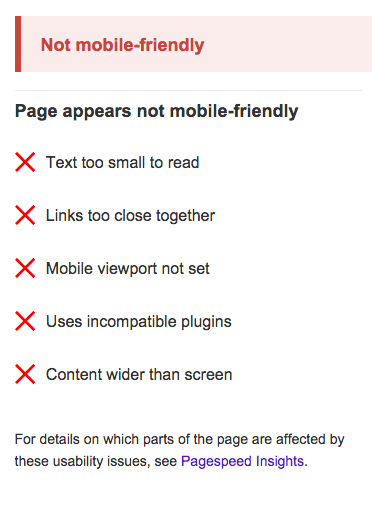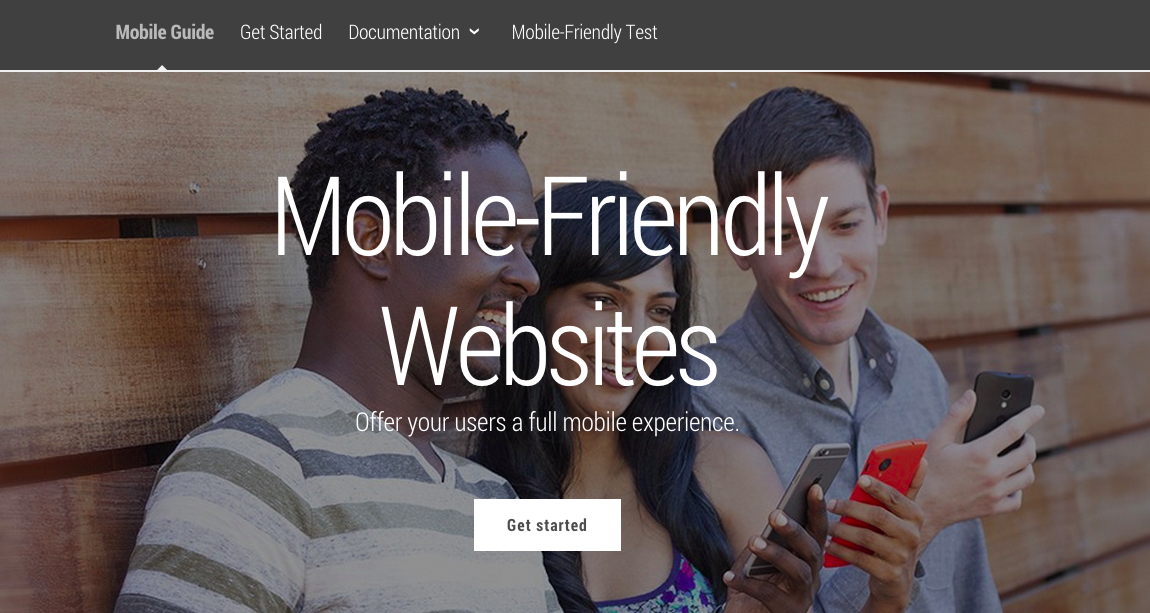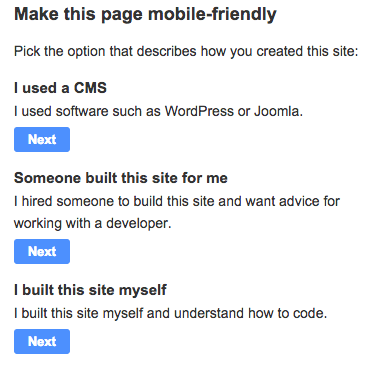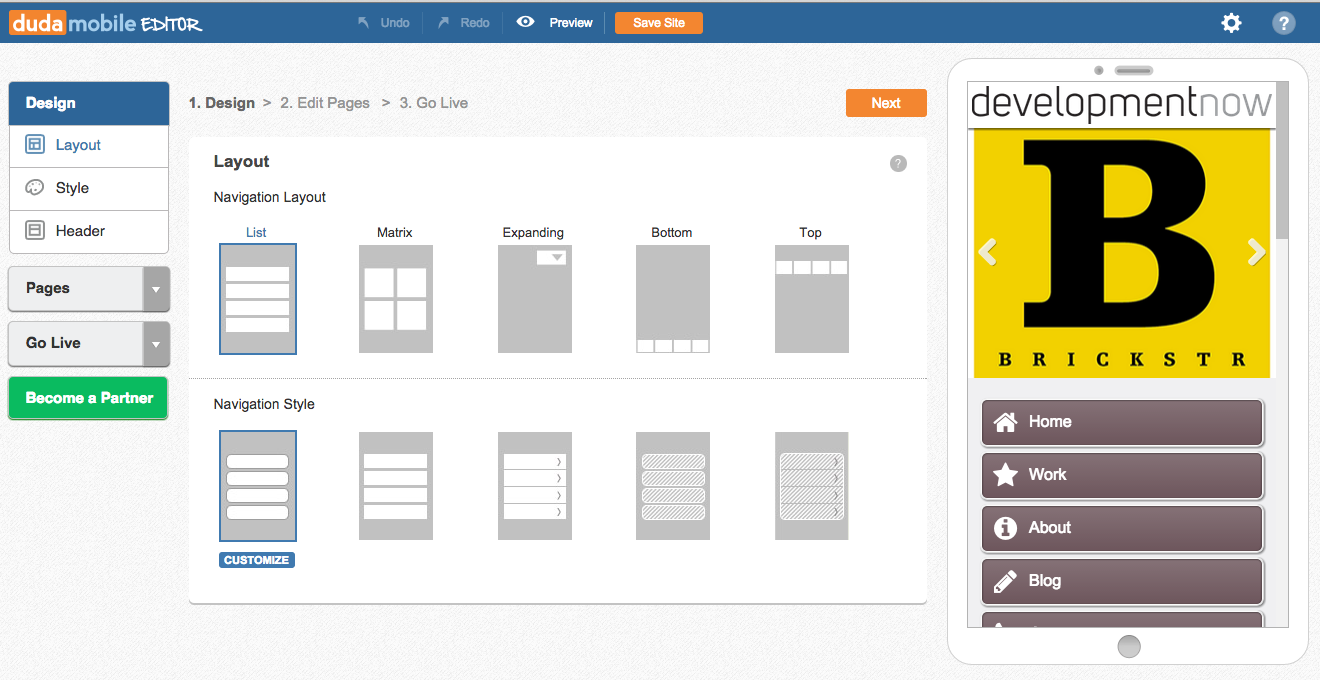Google announced this month that the company’s search algorithm will change to favor mobile optimized sites. This change will go into effect on April 21. Citing the motivation to deliver a better search experience to mobile users, Google is calling for all web developers to test their sites for mobile-friendliness in preparation for the change.
Here at DevelopmentNow, we’re working with clients to ensure that their sites are ready. Here are a few tips to help you make sure your site is mobile-friendly based on our current evaluation process.
How Google Views Your Site
Before you can make any changes, you have to know where to start. The first step is to see how Google crawlers view your site as it is today. Luckily, Google has developed a simple tool that provides instant feedback. Go to the Mobile-Friendly Test page and submit the URL of your site. You’ll be able to see a preview of your site in a mobile frame with annotation.

Our site passes!
If your site fails the Mobile-Friendly Test, Google will tell you why. Some failing points include:

Even passing sites will still receive feedback about resources that are blocked by the company’s crawlers.
Need to improve? Here’s what to do.
1) Read the Webmaster’s Mobile Guide provided by Google.

The company provides information about how to improve your site’s mobile experience with responsive design, device configurations, and mobile SEO principles.
2) Follow Google’s “Make This Page Mobile Friendly” tips
If your site fails the Mobile-Friendly test, you’ll see a list of failing points on the left side of the page. On the right side of the page, Google asks you to select the option that describes how you created your site – with a CMS, on your own, or with a developer.

Based on your selection, Google delivers next steps to help you decide how to proceed updating your site.
3) For a quick and dirty mobile redesign, use a tool like DudaMobile.

DudaMobile is a site building tool with a few unique features, including a mobile wizard that will convert your current site to its mobile-friendly version in just a few seconds. The DudaMobile Editor allows you to modify your site by selecting the mobile layout that makes the most sense for your site design, using assets from your existing site. It won’t necessarily look fantastic, but it will help your site pass Google’s mobile-friendly test quickly and cheaply. This option is best for site owners who do not have a technical background, but who do want to optimize just in time for the algorithm change.
4) Make your site responsive at the very least.
If you don’t have a lot of resources to pour into a full site redesign but want more control over the final mobile user experience, focus on making your site responsive. By making your site’s content fit most mobile device screen sizes, you’ll tackle two major issues at the same time. Your site will have a better pagerank in Google’s new algorithm, plus your site will be easy to use for the folks who do find your site.
An easy way to make your site responsive with just a little time and energy is to transfer your site over to a content management system (CMS) like WordPress or Squarespace. CMS platforms consistently evolve as web standards change and new mobile devices are introduced in the market. Once you put the initial effort into porting your site content into a CMS, you’ll reap rewards in the future as your site’s template and plugins update automatically to accommodate a variety of new screen sizes and resolutions.
If you want a fully optimized mobile site that will perform above and beyond Google’s new mobile-friendly standards, let the professionals handle it.

Remember, Google’s upcoming algorithm change only sets base standards for mobile-friendly sites. There are many more improvements that can give your business an edge when it comes to mobile, including site speed and performance enhancements, planning for future scalability, and aesthetic updates that will make the site look beautiful for new and returning users.
Working with an experienced agency that specializes in web development will help you to understand exactly which improvements make the most sense for your current site, your budget, and your business goals.
No matter which option you choose, it’s imperative that you give your site a quick audit to ensure you don’t lose your spot in Google search rankings on April 21.



